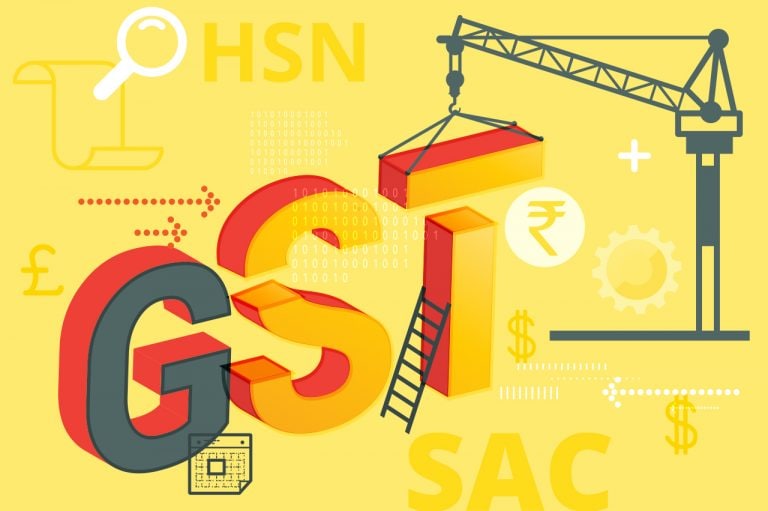Historically, Malaysia was a country which had multiple indirect taxes namely import duty, export duty, government sales tax, service tax and excise duty. In 2015, a six percent GST was introduced in the country by replacing twin taxes.
Firstly, government sales tax which was applicable on a wide range of goods with four tax rates at 5 percent, 10 percent, 20 percent and 25 percent and secondly, service tax, which was applicable on services provided by restaurants, hotels, telecommunications services, professional services by architects, engineers, lawyers etc.
With the twist of fate, for the first time in the history of Malaysia a new prime minister won a general election, and he kept his campaign promise to get rid of the 6 percent GST. This was bound to send shock waves in north block and now Indian bureaucracy shall dig deeper into the Malaysian model to ascertain the causes of the same and make sure that not only technical and economic gaps are plugged but also political instabilities in respect of GST are corrected before something so devastating happens in Indian subcontinent also.
We can now look at Malaysian sub-continent for understanding its three years of GST regime, probable reasons for its sudden withdrawal and its applicability to Indian scenario.
During GST introduction, presiding Malaysian government made tall promises -- GST exemption on electricity consumption up to 300 units; no GST on retail sale of RON95 petrol, diesel and LPG; prices of 532 items (medicines, electrical appliances such as refrigerators and washing machines, textile products, plastic products such as pails and plates, shoes and slippers, household furniture, baby diapers, soap, meat, chicken eggs, cooking oil, seafood, rice and vegetables) i.e. 56 percent of items were expected to be reduced up to 4.1 percent; individual and corporate income tax rates were to be rationalised.
India also introduced GST in July 2017, with some resemblances to Malaysian GST on account of taxing electricity, petroleum products and price reduction claims. Now this could be a reason for worry.
There were quite a few areas in which Malaysia was destined to outperform its India version. Malaysian GST was not a federal levy, technologically Malaysia is a much advanced country, literacy rate is much higher, Malaysian economic indicators are far better than India, whether it is GDP per capita, ease of doing business, exports percentage of GDP or trade balance. Not only this, Malaysia has been proactive in GST implementation and given full support in the form of general guides, industry specific guides, specific topic wise guides, accounting software guides, handbooks and many more to businesses and tax professionals.
On all these fronts India is slow and still trying to catch up with the criticality of issues and volume of transactions. In fact in the past nine months our prime software GSTN has failed at the drop of a hat, due to which the government had to issue innumerable extensions; many of the tax forms are still not available on portal for e-filing; more than 50 percent of GST refunds are overdue many of which are as old as July 2017; as much as 95 percent of advance rulings are against taxpayers and the composition of the bench is under question; appellate authorities are yet to be formed; settled legal positions under erstwhile regime has been unlocked again; and notices are issued to taxpayers for differences smaller than a rupee. These facts are bound to make us apprehensive about Indian GST.
Now coming to Malaysian political scenario, it has been dominated by a single political party since its independence in 1957, so much so that all prime ministers were from same party till May 2018. This fact also draws big similarly from Indian sub-continent where Indian National Congress has ruled the political stage since independence. It is widely expected by many quarters that change in political ideologies is the main reason for removal of GST in Malaysia in June 2018. Indian general elections are on, and going by the current scenario we may have a different political outfit. Whatever be the political ideology, scrapping of GST should not be on agenda of any political institution.
Eliminating GST would be a nightmare for Malaysia, fiscal deficits forecasts have already gone considerably up from 2.8 percent of GDP to 4 percent of GDP, now the pressure would be high on infusion of funds from state-owned oil company to provide future welfare of the people and stability to the country. Malaysia also plans to re-introduce a sales and service tax to partly offset the shortfall in revenue from scrapping a goods and service tax from June 2018.
Preparation and implementation of GST in India took more than 10 years and it created a dent in the economy, recovery from which is still in process and withdrawal of GST would turn the entire economy into shatters and may also reverse the direction of inward flowing foreign investments.
One thing which was regressive in the Malaysia GST was a single rate of 6 percent for all goods and services. Now it has been proved that this model won’t be sustainable even in a relatively developed economy. Hope that Indian government would learn and try not merge everything in a single basket of 18 percent.
We hope the Malaysian story would not be repeated in India irrespective of the outcome of the ongoing electoral battle.
Published On : 30-04-2019
Source : Cnbctv18

